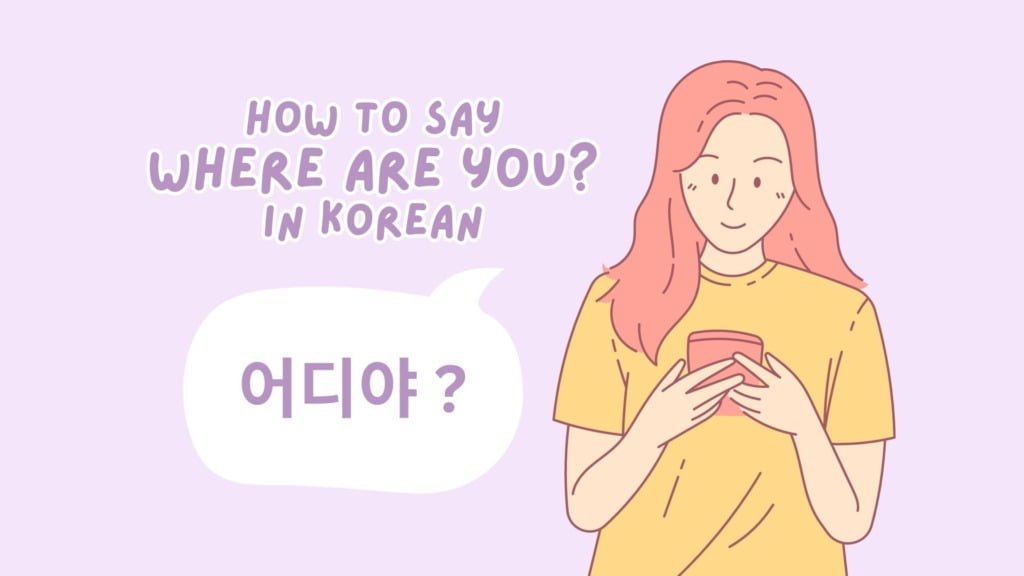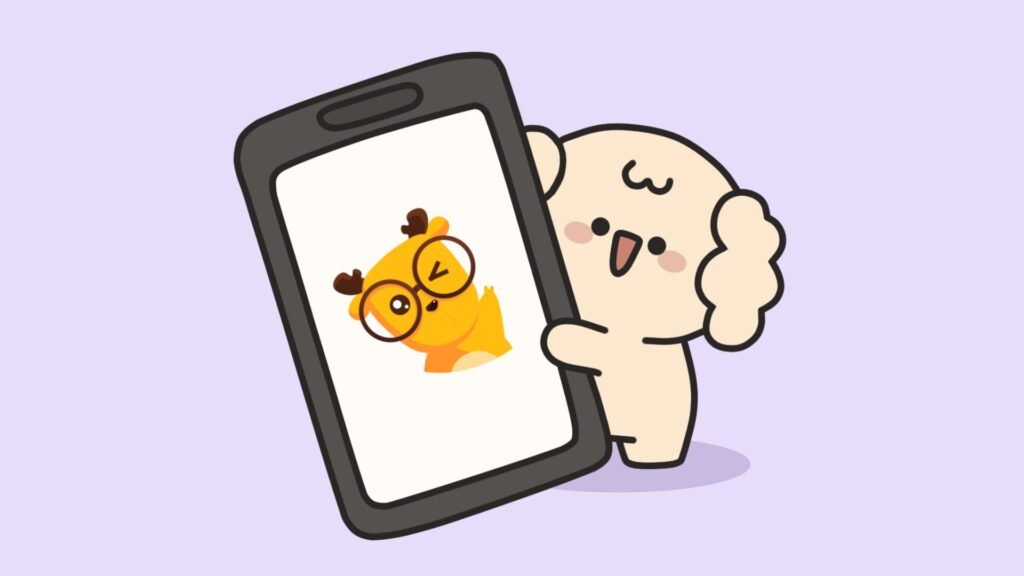Today, we’re learning how to say “Where are you?” in Korean. Whether you’re meeting a friend and can’t find him/her, or find yourself lost, this might come in handy to know.
As always in Korean, many ways exist to say the same thing. In the case of this question “Where are you?” you’ll see we have plenty of options.
As you know, there are levels of politeness in Korean.
In this article, we will go over the informal way, the casual polite way, and the formal way.
Don’t hesitate to check Akapinn out
on YouTube and TikTok for video content!
Informal
어디야 ? (eodiya?)
어디 있어 ? (eodi isseo ?)
어딨어 ? (eodisseo ?)
These three forms all mean “where are you?” in an informal manner. You can use that with your friends, or with younger people (in general, not someone you don’t know though)
As you can observe, there is no particle “에” to indicate the location. It’s simply because, during speech, it often disappears. If you really want to make your sentence clear, you can add it – but it’s more common to add particles when the sentence gets longer.
If you speak to your friend and ask a short question like this one, the particle will tend to disappear. (another example : 밥 먹었어 ?, the 을 particle disappeared.)
The third form 어딨어 ? (eodisseo ?) is a shortened form of 어디 있어 ? (eodi isseo ?). You can often hear it or read it in text messages.
Casual Polite
어디에 있어요 ? (eodie isseoyo?)
어디 있어요 ? (eodi isseoyo?)
어디예요 ? (eodiyeyo?)
어딨어요 ? (eodisseoyo?)
For the casual polite way, you can very often just add 요 to the informal form of the sentence. Remember that it’s always better to be too polite, rather than rude. If you are not sure about how to talk to someone, choose this one (or more polite if you’re talking to an elderly, or in very formal situations)
Formal / Honorific
어디세요? (eodiseyo)
어디에 계세요*? (eodie gyeseyo)
* 계세요 uses the honorific verb “계시다” (to be). You should use this form with elderly, your boss, or other people whose position is higher than you. (they will let you know if you can drop the honorifics)
Where is … ?
Everything we’ve just learned is not only useful to say “Where are you?” in Korean. As you can see, in all these sentences, there is no “you”. And as we learned in the article “How to say you in Korean”, the “you” is often omitted.
This means you can use these sentences for many other instances.
For example : “Where is the bathroom?” => 화장실 어디 있어요?
The difference between 어디예요 and 어디에 있어요
Now that we’ve seen everything for you to say “Where are you” or “where is …” in Korean, you might wonder about the difference between 어디예요 and 어디에 있어요.
There is a nuance between these two, and that is quite hard to explain in English because English doesn’t have it.
It comes to the nuance between 이다 and 있다. 이다 means “to be”, “to be equal to”, where 있다 means “to exist”, “to be at”.
You shouldn’t say “가방 어디예요?” because 가방(a bag) is not equal to a place. You should use “가방 어디 있어요?”
So essentially, what you can remember is that you will use :
- 어디예요 when you talk about a place
화장실 어디예요 ? where is the bathroom?
너 어디야 ? where are you? - 어디 있어요 when you talk about a place or a small object
화장실 어디 있어요 ?
가방 어디 있어요?
너 어디 있어 ?
To be safe, if you don’t know which one to use, you can always use 어디 있다. It’s more versatile and will fit every situation nicely. With time and as you get more comfortable with Korean, the nuance will become clear to you.




